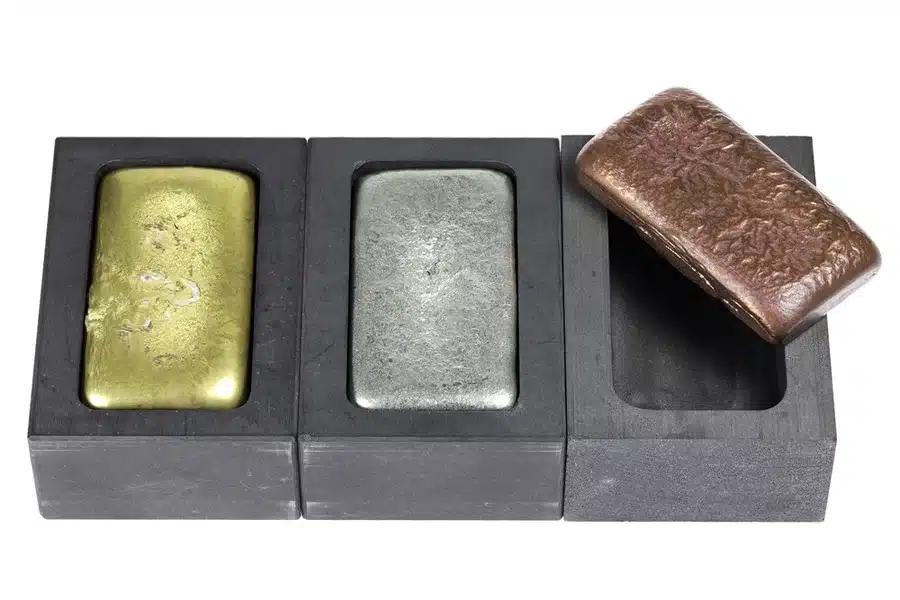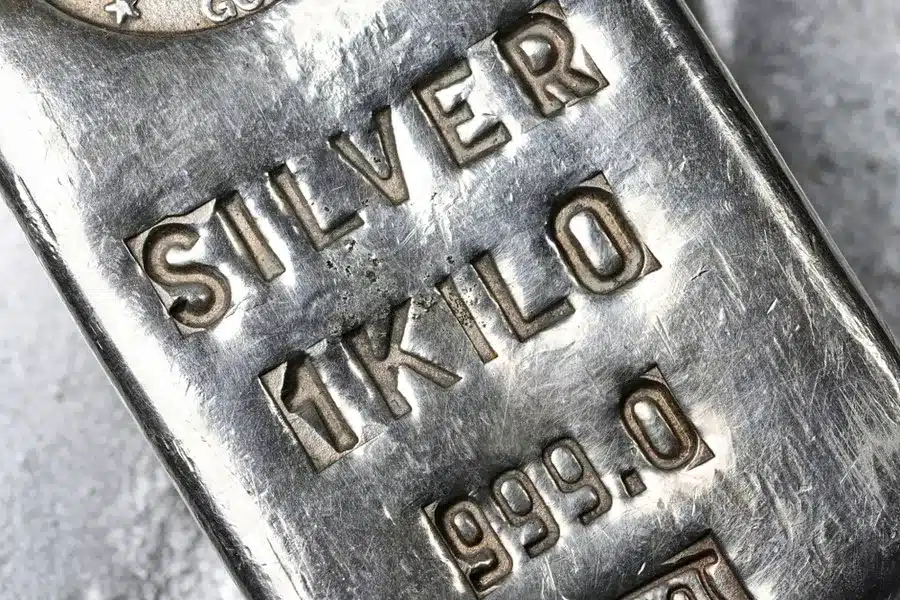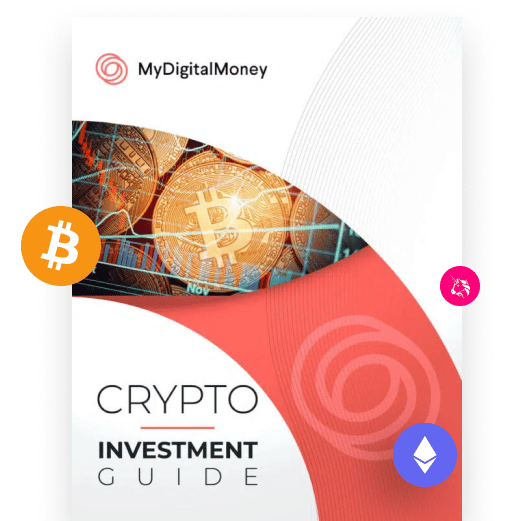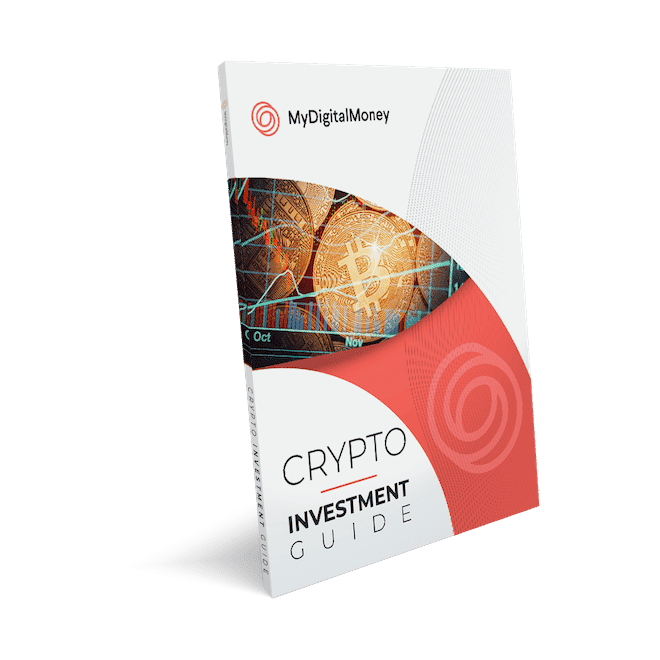TLDR:
- Solana is a fast, low-cost blockchain platform
- Created by Anatoly Yakovenko and backed by Solana Labs
- Uses Proof of History for high-speed processing
- Powers DeFi apps, NFTs, and more
- SOL is the native token used for fees and staking
- Gaining popularity over Ethereum
If you’ve been exploring the world of crypto, you’ve likely come across Solana (SOL). Known for its blazing-fast transaction speeds and low fees, Solana has quickly become one of the most prominent blockchain platforms for building scalable decentralized applications. But what is Solana crypto, exactly? Let’s break it down.

Who Made Solana?
Solana was created by Anatoly Yakovenko, a former engineer at Qualcomm, and officially launched in March 2020. He co-founded Solana Labs, the company behind the initial development of the Solana network, along with Greg Fitzgerald and Stephen Akridge.
Today, the Solana Foundation, a non-profit based in Switzerland, supports the continued growth and decentralization of the Solana ecosystem.
How Does Solana Work?
The key to Solana’s performance lies in its unique consensus mechanism: Proof of History (PoH). Unlike traditional consensus models that require validators to agree on the timing and order of events, Solana’s PoH consensus mechanism uses cryptographic timestamps to streamline transaction processing.
This innovation allows the Solana network to:
- Process transactions much faster than competitors
- Maintain high throughput with low transaction cost
- Achieve transactions per second (TPS) rates of up to 65,000 or more
This makes Solana ideal for apps requiring high scalability, such as decentralized finance (DeFi) protocols, NFT platforms, and even meme coin projects.
What Is SOL?
SOL is the native token of the Solana ecosystem. Sol tokens are used to:
- Pay for transaction cost and computational operations
- Stake for network security and earn rewards
- Participate in governance and decision-making
Similar to Ethereum’s ETH, Sol tokens are essential for interacting with apps and smart contracts on the Solana blockchain.
Solana vs. Ethereum
Solana is often compared to Ethereum, the second-largest crypto network. So, how do they differ?
| Feature | Solana | Ethereum |
| Consensus | Proof of History (PoH) + Proof of Stake (PoS) | Proof of Stake (PoS) |
| TPS | Up to 65,000+ | ~30 |
| Fees | ~$0.00025 per transaction | ~$1–$30+ per transaction |
| Launch Date | March 2020 | July 2015 |
| Programming | Rust/C/C++ | Solidity |
Because of its higher TPS and lower costs, Solana is seen as a strong alternative to Ethereum, especially for developers and users frustrated by Ethereum’s congestion and high fees.
Solana in DeFi and NFTs
The Solana ecosystem has grown rapidly, especially in decentralized finance (DeFi) and NFTs. Here’s how Solana supports both sectors:
DeFi
Solana powers many DeFi protocols offering:
- Lending and borrowing
- Yield farming
- Stablecoin swaps
Projects like Serum, Raydium, and Marinade are leading the way in offering fast, low-cost DeFi services on Solana.
NFTs
Solana is also home to popular NFT marketplaces like Magic Eden and Solanart. With cheaper minting and faster confirmations, artists and collectors alike have flocked to Solana to create and trade fungible tokens and NFTs.
Is Solana a Good Investment?
Wondering if Solana is a good investment? Here are some points to consider:
Pros:
- High transaction speeds and low fees make it appealing to developers and users
- Strong backing from Solana Labs and the Solana Foundation
- Fast-growing DeFi and NFT adoption
- Unique technology with real-world use cases
Cons:
- Network outages (notably in November 2021) raised concerns about stability
- Heavy competition from Ethereum and newer chains like Avalanche and Aptos
- Market volatility—like all crypto, Solana’s price can be unpredictable
For long-term investors who believe in the potential of scalable blockchain platforms, Solana presents an exciting opportunity. But it’s important to do your own research and assess your risk tolerance.
How to Buy Solana
If you’re ready to invest, here’s how to buy Solana:
- Choose a Crypto Exchange Use a crypto exchange that supports SOL, such as Coinbase, Binance, Kraken, or Gemini.
- Create and Verify an Account Complete identity verification, especially if buying with fiat currency.
- Deposit Funds You can fund your account with a fiat currency like USD or transfer crypto.
- Purchase SOL Search for Solana or SOL, enter the amount, and confirm your purchase.
- Store Your Tokens Move your Sol tokens to a secure wallet—hot wallets are convenient, but cold wallets offer enhanced security for long-term holders.
The Bottom Line
So, what is Solana crypto really about? It’s more than just a fast blockchain. It’s a next-generation platform designed to power scalable, real-time applications across DeFi, NFTs, and beyond.
With a unique consensus mechanism, a growing Solana ecosystem, and backing from leading developers, Solana is well-positioned in the race to build the future of blockchain. Whether you’re a developer, investor, or enthusiast, Solana is worth watching—and maybe even owning.





